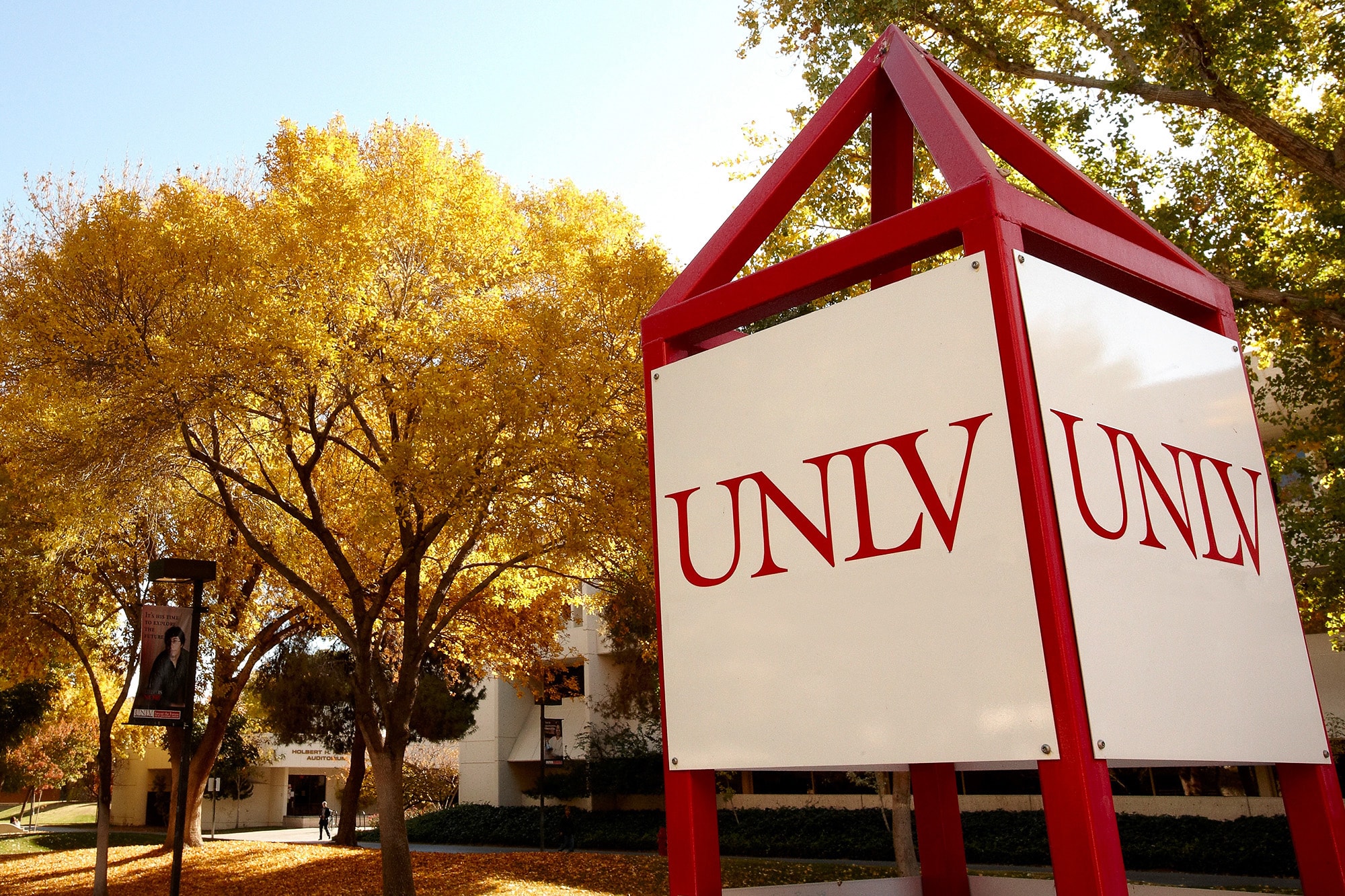After one-full year of research, UNLV's Zero Energy House (ZEH) project has proven worthy of its name, actually putting more energy back into the electrical grid than it pulls out.
The ZEH -- a partnership between the UNLV Center for Energy Research, The Nevada Southwest Energy Partnership, Nevada Power and the National Renewable Energy Lab -- was unveiled in Las Vegas last September as part of a unique research project in which two seemingly identical 1,610 square foot homes were built side by side; one using conventional construction methods and the other built with state-of-the-art, energy efficient technologies. The goal was to give researchers an opportunity to examine on a detailed level the influences on energy use due to differences in construction.
By tracking data from nearly 100 sensors discreetly installed in the two homes, UNLV researchers are finding that, when compared with the conventional house, the ZEH used considerably less energy, in some months actually producing more energy than it consumed.
"Related to lighting, the ZEH uses only 20 percent of the energy of the baseline house, mainly because it uses compact fluorescent lights, technology that any homeowner can pick up at a local home improvement store," said Bob Boehm, director of the UNLV Center for Energy Research and distinguished professor in the College of Engineering.
The other key energy saver, according to Boehm, is a highly-efficient water-cooled condenser air conditioner unit, a large initial investment that will lead to long-term energy savings.
Additional features of the ZEH include an insulated concrete "T-Mass" wall system, on-demand solar water heater, and roof-integrated solar power generation. While many of the features of the ZEH aren't yet typical for general construction, Boehm expects that the findings will prompt builders to consider several elements of the project in the near future.
"The market will dictate the future of a completely 'zero energy home,' but our results have added to the increased consciousness of renewable energy on a broad scale, from tax credits on a federal level to rebates at the local level. Even builders are looking at the benefits of renewable energy," said Boehm.
Here's a look at the breakdown, in terms of energy used:
Zero Energy Home
o Year-long electrical energy use--5167 kW-hr
o Electrical energy generated (from solar source)--6923 kW-hr
o Net positive amount sent back to the grid--1756 kW-hr
Baseline Home
o Year-long electrical energy use--12,949 kW-hr
Real-time data from the ongoing ZEH project, including site conditions, energy and water use, can be found on the ZEH project website.



